Four Tableaux on Clouds - SOLO BSN
Composer: Root, David J
Publisher: TrevCo
Edition: 2003 - 68653
$14.00
Four Tableaux on Clouds
for solo bassoon
by David Root
From the composer:
These tableaux were written as a birthday present to my mother who, having two sons that have played bassoon, has grown to have a special appreciation for it. It is appropriate that the tableaux are also etudes as she is a consummate educator. The tableaux are intended not only as solo concert literature but also to focus on pedagogical issues. The artistic side of the tableaux comes from musical interpretations of the word for "cloud(s)" itself in various languages.
Nuages is French and reminds me of wispy clouds. It is full of graceful arabesques and acrobatic flourishes. It is also somewhat of a tip of the hat to the Debussy piece of the same name in that it is influenced by French impressionistic music. Pedagogically, the etude focuses on trills and precise rhythms.
Oblako is Russian. The word sounds heavy and reminiscent of dark, winter clouds heavy with snow. The tableau exploits the bassoon's lowest register and requires of the bassoonist great lung capacity and control as the long phrases and large intervals of this lugubrious etude are navigated.
The German word for clouds is Wolken. The word reminds me of boiling thunderheads. The music of this tableau is agile and tempestuous: as quickly changing as a storm front on a humid summer evening. It is furious and rapid. The etude emphasizes technical facility as the performer navigates unfamiliar scale patterns.
Clouds is the the word from my native language, English; it sounds familiar and friendly to me and reminds me of the bright, puffy, cumulus clouds. Cumulus clouds can be bright and fun to look at but can also shade the warm light of the sun. To capture these aspects, this tableau is comprised of a theme and variations in different modes separated by flourishes. THe etude recalls ancient music as the theme is presented as a chant and is varied in antiquated harmonic language, but contemporary and uncommon rhythmic meters.
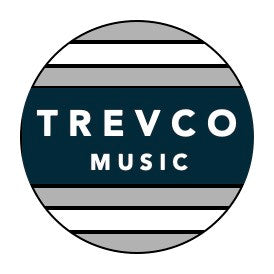
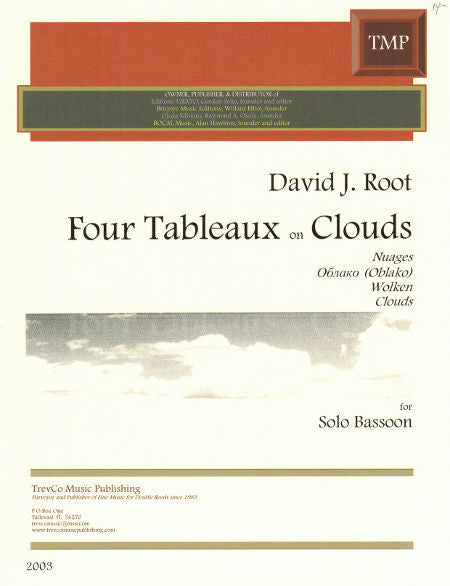
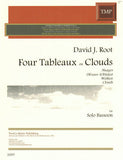
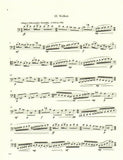
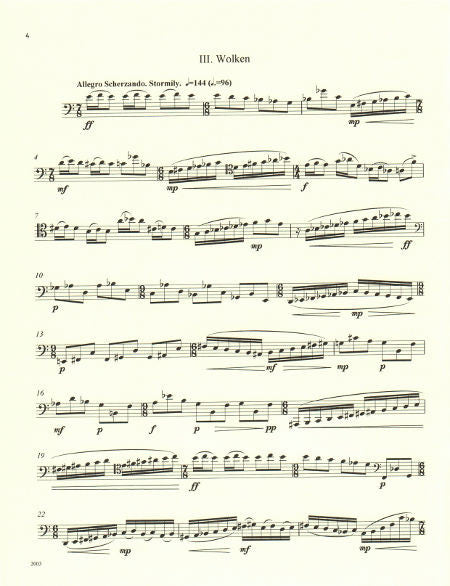
Share this item: